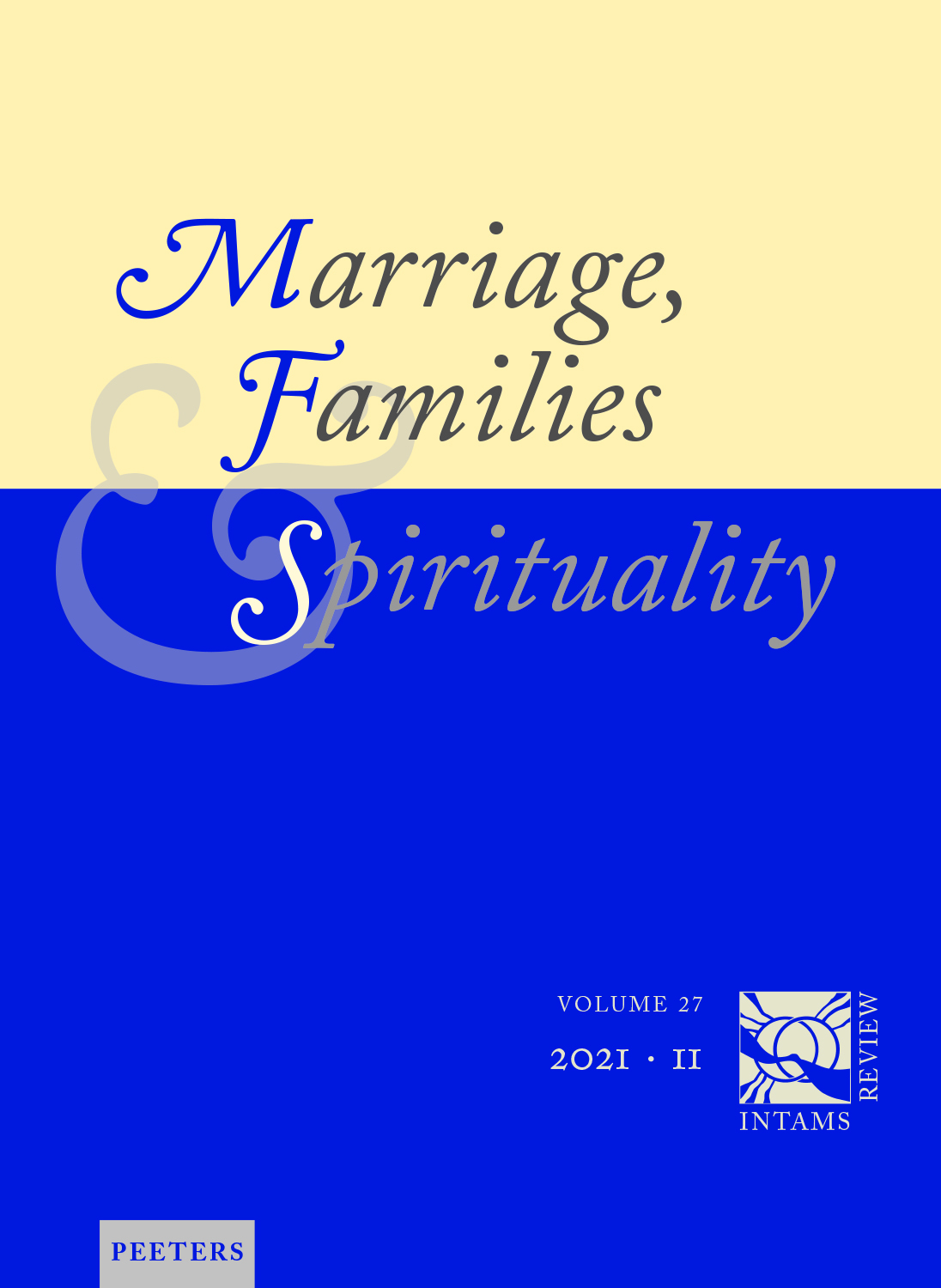 previous article in this issue previous article in this issue | next article in this issue  |

|
Document Details : Title: I riferimenti teorici dell'unidualità antropologica Author(s): DANESE, Attilio Journal: Marriage, Families & Spirituality Volume: 2 Issue: 2 Date: Autumn 1996 Pages: 174-186 DOI: 10.2143/INT.2.2.2014852 Abstract : The Anthropological Principles of the Human Two-Oneness. The papal “Letter to the Women” contains remarkable reflections on the subject of an anthropology based on an original two-oneness of the human being. Such a two-oneness makes it possible to understand anthropology through a relational dynamism of the person, which has as its seal marriage between man and woman. This contribution recalls in broad outline the fruitful discussions on one-ness and plurality which were the product of Western thinking, from the ancient classics, through the great idealistic philosophers (Kant and Hegel) right up to the personalistic philosophy of Rosmini and Mounier. In its diverse expressions this philosophy, in analogy with theological models, offers also interpretations of the two-oneness in marriage. The biblical sources allow the Jewish and even more the Christian culture to reflect upon the fact that woman and man do not bear the likeness of the divine image in an autarkical fashion, but that they are called to mirror, both individually and together, the original mystery from which they stem (= equal value). Both man and woman express, each in their own complete way, the imago Dei, but they do this adequately only in an ongoing constructive dialogue with each other. The anthropological two-oneness expresses a oneness of tension which transcends human understanding and is so profound as to approach the mystery of the coincidentia oppositorum, in the language of Nicholas of Cusa. It is the meeting of oneness and contradiction in so many bipolar pairs which make up human experience: man and woman, individual and member of a community, particularity and universality, independence and dependence. The paradigm of this coexistence of opposites is the two-oneness of the God-man. Hegel, who marks the climax and at the same time the beginning of the decline of a certain trend of metaphysical thinking, exhorts us to determine anew the relation between being and Being: the link between beings cannot be seen as separate from their concrete particularity. Beings cannot be collected into one unity of thought; the person is betrayed in any case, whether we talk of a unity of substance, of language or of thought. In contrast to what these great philosophers think about an intelligence transcending the individual, for the personalists the human person is a concrete individual of unlimited and indelible value. Far from shallow syncretisms and “eclectic idleness”, personalism has no other choice but to take up a solidary position, which simply desires to put into words what thrusts itself upon a person, refusing to harmonise contradictions, or to support a stubborn particularism which crowns itself with a false name. The concept of “person” in modern anthropology demands the separate development of what is male and female. This requires first of all having a good look at the field of prejudices which attack the value of the human being, because the human person opposes onesided and preconceived definitions and role-assignments. With regard to the person, it is indeed recommendable to stress, more than the difference between the sexes, the special quality and uniqueness of the individual: his=her originality. This concept of the person allows us to transcend the bio-psychological data. Apart from being man or woman, every one is a person, in spite of being primarily constituted as male or female on biological or psychological grounds. It is only in their mutual relationship, which is simultaneously expression of love and ethical assignment, that they develop their roles, giving a definite form to their being and their thinking as a couple in dialogue. |
|
